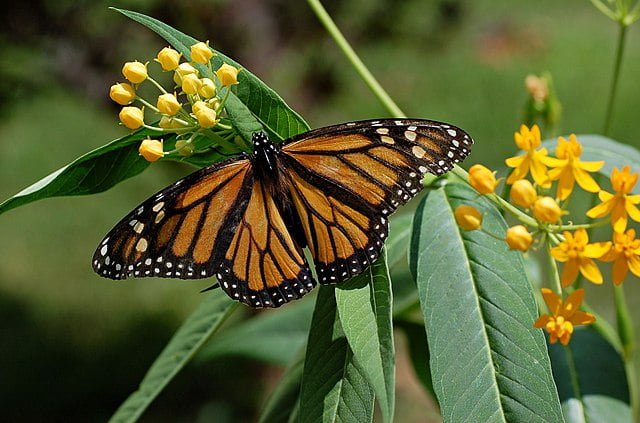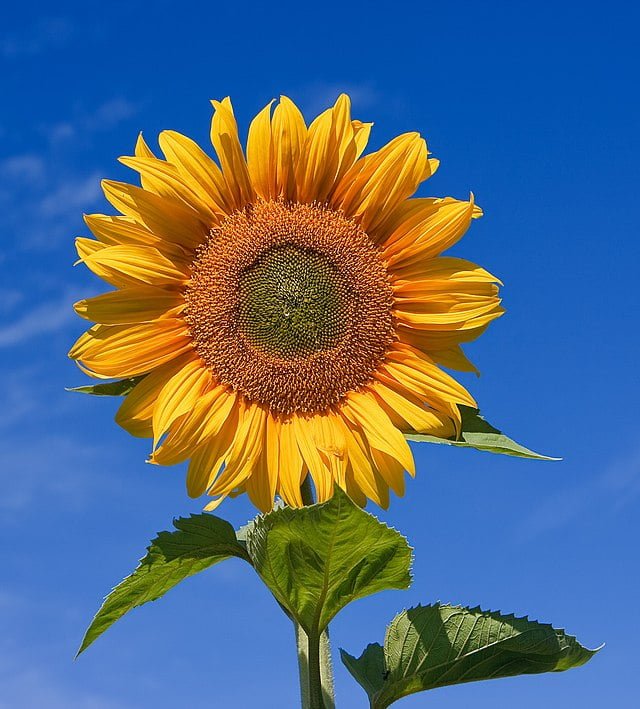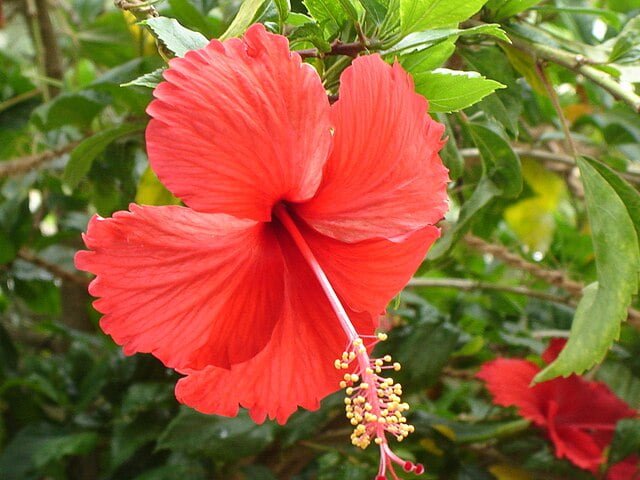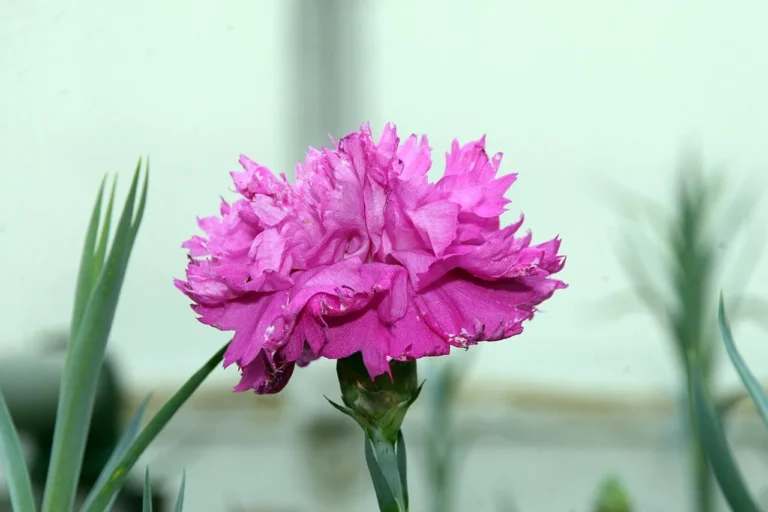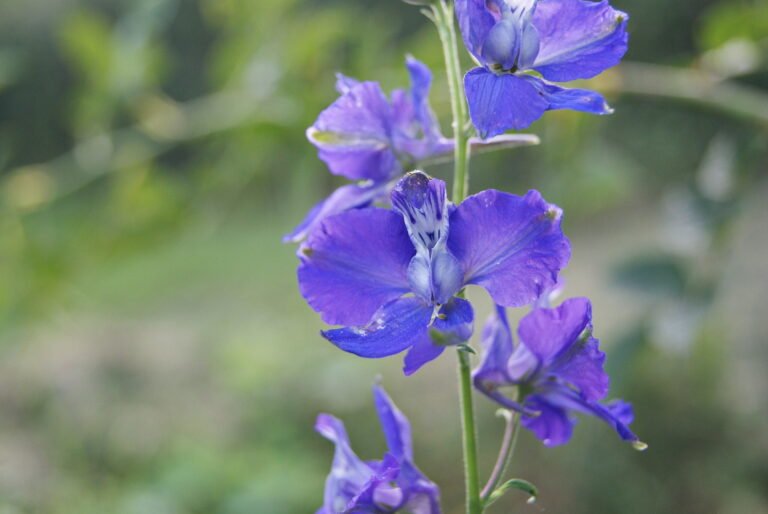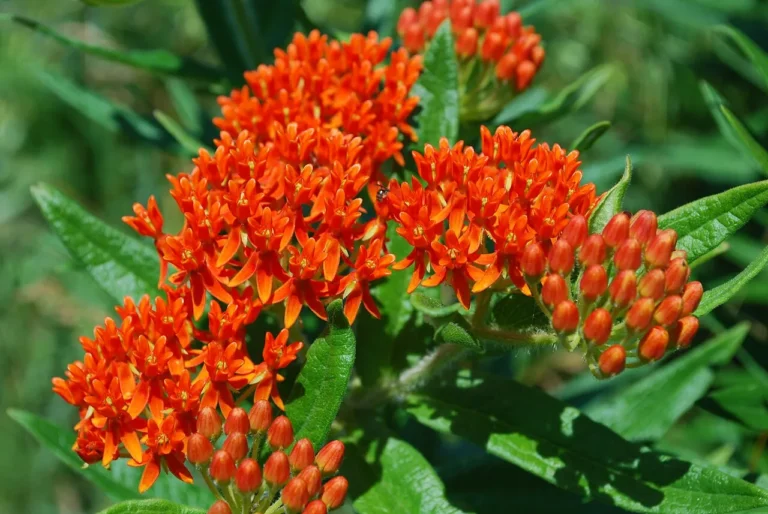Milkweed Magic: Unveiling the Importance of this Stalwart of the Plant World
Hello, nature enthusiasts! Today, let’s journey into the intriguing world of milkweed, a plant that plays a pivotal role in our ecosystem. Milkweed, often overlooked, is not only a crucial lifeline for the beloved monarch butterfly, but also a boon to many other pollinators. Let’s explore this amazing plant in more detail.
Milkweed 101: Know Your Plant
Milkweed, belonging to the Asclepias genus, is a group of plants named for their milky sap, which contains latex and other compounds. This perennial native plant is found across North America in various habitats, from open fields to woodland margins. It’s characterized by clusters of small, intricate flowers and large, oval leaves.
The Milkweed-Monarch Connection
Milkweed serves as the host plant for monarch butterflies—providing the only food source for monarch caterpillars and a nectar source for the adult butterflies. Monarch caterpillars ingest milkweed’s protective toxins, becoming unpalatable to predators. Without milkweed, there would be no monarch butterflies!
Growing Milkweed: A Butterfly’s Wish
Cultivating milkweed in your garden can help support monarch populations and other pollinators. Here are some tips:
- Choosing a Variety: There are various species of milkweed—Common Milkweed (Asclepias syriaca), Swamp Milkweed (Asclepias incarnata), and Butterfly Weed (Asclepias tuberosa) being popular choices. Choose a species native to your region for the best ecological fit.
- Planting: Milkweed can be grown from seeds or transplants. Plant in a sunny location with well-draining soil. Some species prefer dry conditions, others like wetter soil—match the species to your site conditions.
- Caring: Milkweed plants are relatively low-maintenance. They’re drought-tolerant once established and don’t require fertilization. Deadheading spent blooms can encourage more flowering.
Milkweed and its Beneficial Visitors
While monarchs are the most famous milkweed visitors, these plants also attract a variety of other beneficial insects like bees, wasps, and other types of butterflies, promoting biodiversity in your garden.
Conclusion: A Small Plant with a Big Impact
Milkweed might be humble, but its role in our ecosystems is huge. By adding milkweed to our landscapes, we can help ensure the survival of the majestic monarch butterfly and support a host of other beneficial creatures. It’s a testament to how every element of nature, no matter how small, has a critical role in the bigger picture.
Enjoyed learning about milkweed? Don’t forget to share this post with your fellow nature lovers. For more insights into the fascinating world of plants, subscribe to our blog. Here’s to creating more nature-friendly gardens!

